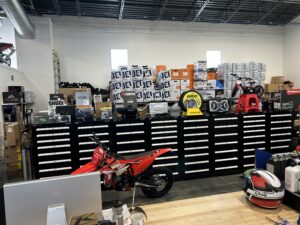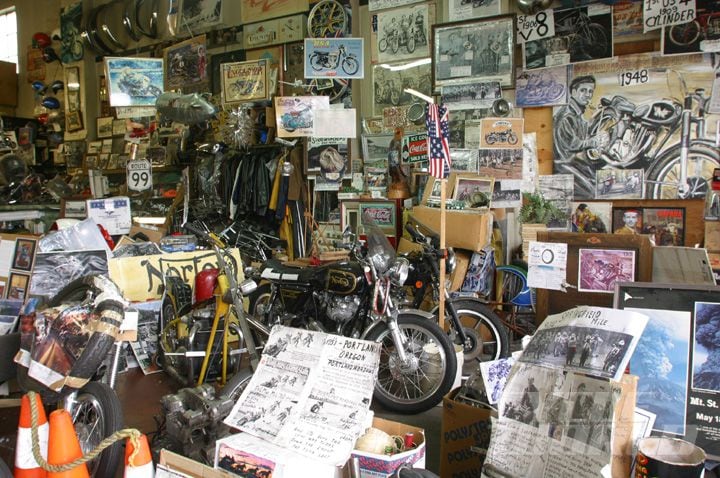Mastering Motorcycle Gears: How to Maximize Your Riding Experience
In the realm of motorcycling, understanding the art of gear adjustment is essential for boosting your riding performance. Effectively comprehending and making use of motorbike equipments can considerably affect fuel, acceleration, and control performance, changing a typical adventure into a smooth, electrifying trip. By integrating specific shift timing and adapting gear choice to numerous roadway problems, bikers can ensure optimal engine performance and safety. The nuances of clutch control, throttle sychronisation, and equipment technicians bid a deeper expedition, promising to open the complete capacity of your device. Just how can these methods be used to genuinely enhance your riding experience?
Recognizing Equipment Mechanics
Exactly how do the ins and outs of equipment technicians affect motorcycle performance? At the core of motorcycle dynamics, equipment technicians play an essential role in transforming engine power right into movement, eventually dictating speed and control. Gears, thoroughly crafted components, enable bikers to optimize torque and speed, making certain a seamless change through various surfaces and rates. The equipment ratios, thoroughly developed, figure out the connection in between engine changes and wheel turns, impacting velocity and gas effectiveness.
Understanding equipment technicians starts with identifying the relevance of the gearbox, which houses numerous equipments of varying dimensions. These equipments connect through a procedure known as meshing, where teeth of different gears involve to transmit power.
Moreover, the principle of equipment moving is essential to making best use of efficiency. Prompt and smooth changes ensure that the engine runs within its ideal power band, avoiding unnecessary strain and enhancing long life (motorbike shop). By understanding these mechanical details, riders can achieve a harmonious blend of power, performance, and control, raising their riding experience
Timing Your Changes
Change timing proficiency is vital for enhancing bike efficiency and boosting the riding experience. Appropriately timed shifts make sure that the engine runs within its optimum power band, which is essential for preserving control, attaining smooth acceleration, and ensuring the durability of the bike. Riders should create an intuitive sense of when to shift equipments, which includes comprehending the partnership in between engine transformations per minute (RPM) and speed.
To master change timing, pay close attention to the engine's noise and really feel, as these supply vital clues concerning when to alter gears. When the engine approaches the upper array of its power band without getting to the redline, the perfect change factor normally takes place - moto parts nz. Moving prematurely can bring about an absence of power, while moving also late might create unnecessary engine strain
Furthermore, roadway conditions and riding style influence change timing. For example, in urban setups, smoother and more regular shifts might be required to browse website traffic efficiently. On the other hand, throughout highway riding, fewer shifts at higher speeds can be better suited. Exercising in different settings will certainly enhance your ability to time changes specifically, ultimately boosting your riding experience to a specialist degree.
Enhancing Fuel Efficiency
While mastering bike equipments is critical for performance, improving fuel effectiveness is equally crucial for both ecological and financial reasons. Optimal fuel intake not only minimizes functional costs yet also lessens the environmental impact of riding. To attain this, one should understand the intricate relationship in between gear choice and engine efficiency.
Riding in a greater equipment at reduced speeds can lead to engine lugging, which is damaging to both fuel economic situation and engine health. Alternatively, riding in reduced equipments at high rates results in unneeded gas intake.
In addition, normal upkeep plays a pivotal role in gas effectiveness. Making certain that the bike is well-tuned, with tidy air filters and correctly pumped up tires, can improve aerodynamics and minimize fuel wastage. Furthermore, adopting a riding design that welcomes steady velocity and smooth slowdown can contribute to much better fuel economic climate.

Methods for Smooth Transitions
Attaining smooth equipment transitions is fundamental to boosting the riding experience and ensuring the long life of a bike's transmission system. Correct gear shifting not just adds to a smooth adventure but additionally minimizes wear and tear on the mechanical components. To understand the art of smooth changes, riders need to concentrate on a couple of key methods.

Secondly, clutch control plays a pivotal function. Involving and disengaging the clutch smoothly needs method. The clutch bar need to be launched slowly, permitting for a seamless transfer of power from the engine to the wheels without triggering a jolt or sudden activity.

Adapting to Roadway Conditions
Navigating diverse road problems is an important ability for any motorcyclist aiming to preserve control and security. Whether you're riding on damp surfaces, crushed rock roadways, or navigating doglegs, your ability to adapt your gear use and riding method is extremely important. Recognizing just how to adjust your equipments suitably can considerably impact grip and security, ensuring a safer journey.
On damp roads, it is suggested to maintain higher equipments to minimize torque and lessen wheel spin. This method assists preserve hold on slippery surfaces, permitting smoother acceleration and slowdown. In contrast, when riding on crushed rock or irregular terrain, reduced gears are more suitable. Lower equipments give much better control and enable you to react even more promptly to unanticipated adjustments in the roadway surface.
Sharp curves require precise equipment monitoring to stabilize rate and control. Downshifting before going into a curve can assist keep energy while making certain the motorcycle continues to be secure throughout the turn. Constant method in varied conditions enhances your ability to anticipate and respond to modifications in road texture and incline.
Final Thought
Grasping motorbike gears significantly boosts the riding experience by boosting gas, control, and acceleration performance. Adapting equipment option to numerous roadway problems, such as utilizing higher gears on damp surfaces and lower equipments on gravel, further enhances handling and safety and security.
Recognizing equipment auto mechanics begins with recognizing the importance of the gearbox, which houses numerous equipments of differing sizes. These gears connect through a process recognized as meshing, where teeth of various gears involve to transmit power (motorcycle shop). Gentle adjustments to the throttle during gear changes can prevent jerky motions and preserve a constant riding pace
Whether you're riding on damp surfaces, crushed rock roads, or navigating sharp turns, your ability to adjust your gear use and riding method is extremely important. Adjusting equipment choice to numerous road conditions, such as utilizing greater gears on wet surface areas and reduced equipments on gravel, further boosts handling and security.